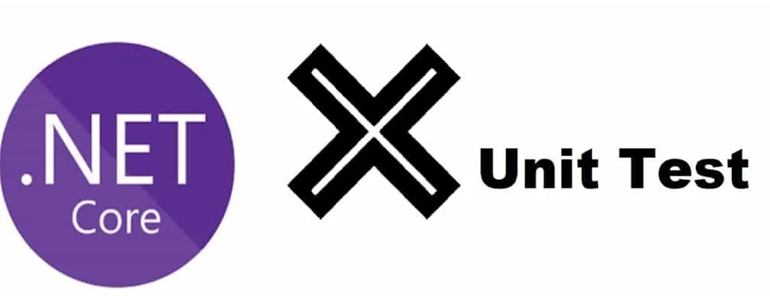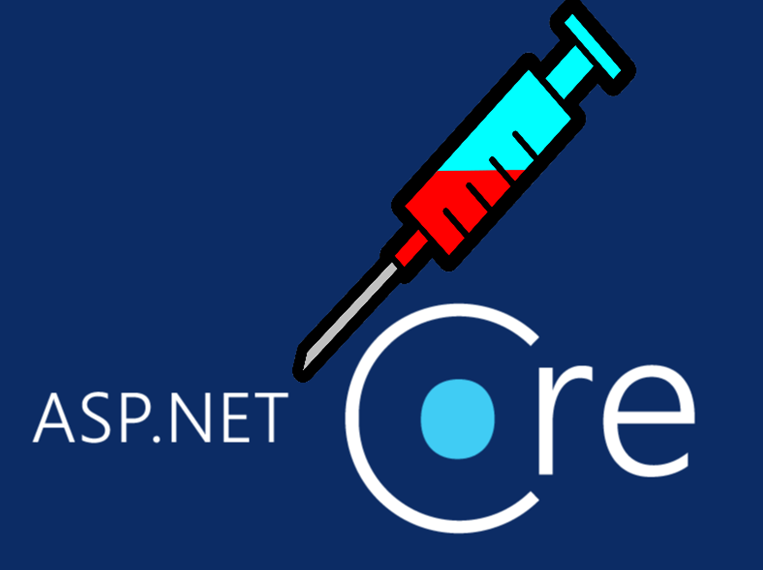In the realm of web development and networking, the IP address 127.0.0.1 is often referred to as “localhost.” This address plays a pivotal role in allowing developers to test applications and services on their own machines without needing an internet connection. In this article, we’ll delve into what http://127.0.0.1:8080 signifies, its common uses, and why it’s a fundamental part of the development process.
What is 127.0.0.1?
The IP address 127.0.0.1 is a loopback address in the IPv4 standard. This means that it points back to the local computer. When you send data to this address, it never leaves your machine. Instead, it’s a way for software to communicate internally. It’s often used for testing and development purposes.
What is Port 8080?
In computer networking, a port is a virtual point where network connections start and end. When you connect to a service on a particular IP address, you often specify a port number. This is because multiple services can run on the same IP address, and the port number helps distinguish between them.
Port 8080 is commonly used as an alternative to port 80, which is the default port for HTTP traffic. This is particularly useful for development servers or applications that need to run on a web server without requiring administrative privileges. Many developers choose port 8080 because it’s often free and not blocked by firewalls, making it ideal for testing.
The Role of HTTP
HTTP, or Hypertext Transfer Protocol, is the foundation of data communication on the World Wide Web. When you access a webpage using a URL, your browser sends an HTTP request to a server, which then responds with the requested data. The use of http://127.0.0.1:8080 indicates that you’re making a request to a web server running locally on your machine at port 8080.
Common Use Cases
- Web Development: Developers often use localhost to run and test their web applications before deploying them to a live server. This allows for quick iterations and debugging without affecting a production environment.
- API Development: When developing APIs, developers can use
http://127.0.0.1:8080to test their endpoints locally. Tools like Postman or curl can send requests to this address to simulate how the API will function once deployed. - Running Local Servers: Many frameworks and programming languages offer built-in servers that listen on localhost. For instance, Python’s Flask or Django, Node.js, and Ruby on Rails all have options to run applications on
127.0.0.1at various ports, including8080. - Database Management: Some database management systems allow local connections using
127.0.0.1. For example, you might connect to a local instance of MySQL or MongoDB using this address.

Setting Up a Local Server
To better understand how http 127.0 0.1 8080 works, let’s walk through a simple example of setting up a local web server using Node.js.
- Install Node.js: First, make sure Node.js is installed on your machine. You can download it from the official website.
- Create a Project Directory:bashCopy code
mkdir my-local-server cd my-local-server - Initialize a Node.js Application:bashCopy code
npm init -y - Install Express: Express is a web framework for Node.js.bashCopy code
npm install express - Create a Simple Server: Create a file named
server.jsand add the following code:javascriptCopy codeconst express = require('express'); const app = express(); const PORT = 8080; app.get('/', (req, res) => { res.send('Hello, World!'); }); app.listen(PORT, () => { console.log(`Server is running at http://127.0.0.1:${PORT}`); }); - Run the Server:bashCopy code
node server.js
Now, if you navigate to http://127.0.0.1:8080 in your web browser, you should see “Hello, World!” displayed. This simple example illustrates how easy it is to set up a local server for testing and development.
Advantages of Using Localhost
- Speed: Accessing services on
127.0.0.1is much faster than going through the internet, as the data does not have to travel through external networks. - Security: Running services on localhost minimizes the risk of external attacks during the development phase. It’s a secure environment where developers can test applications without exposing them to the internet.
- Control: Developers have complete control over their local environment. They can modify code, configurations, and dependencies without affecting a live site.
- Convenience: Using localhost allows developers to work offline. They can run and test applications anywhere, making it a flexible option for development.
Challenges and Considerations
While working with http://127.0.0.1:8080 is beneficial, there are some challenges to keep in mind:
- Port Conflicts: If another service is already using port
8080, you might need to choose a different port or stop the other service to avoid conflicts. - Environment Parity: While testing locally is essential, it’s crucial to ensure that the local environment closely mirrors the production environment to avoid deployment issues.
- Limited Testing: Some functionalities, especially those involving network interactions or external APIs, may not be fully testable on localhost without additional configuration or mock services.
Conclusion
In summary, http://127.0.0.1:8080 represents a powerful tool in the arsenal of developers, offering a way to run and test applications locally. By understanding how to leverage localhost, developers can build and refine their projects efficiently, creating robust applications ready for the global internet. As the web continues to evolve, the importance of mastering local development environments like this one will only grow, paving the way for more innovative and secure web applications.














